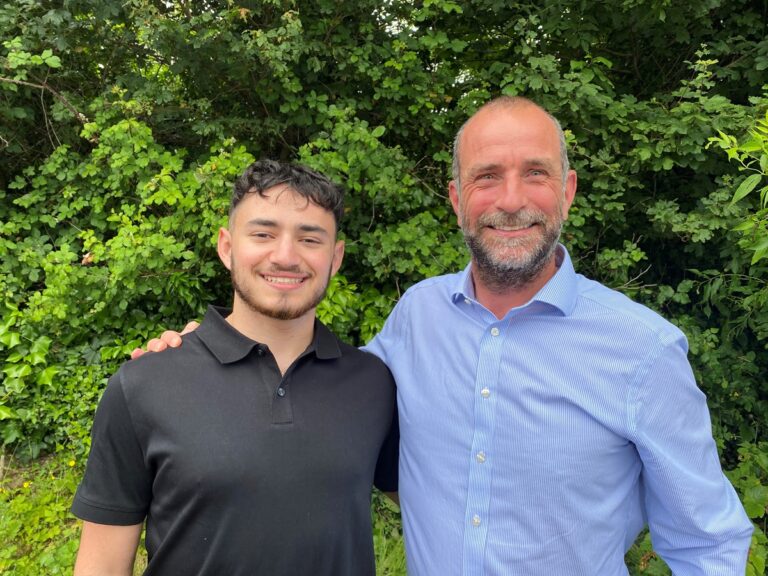The Power of the Picture
At Malone Group, our engineers, project managers and safety professionals spend their days communicating with a broad range of stakeholders from customers to suppliers and contractors and from marketing to HR. We are in the business of solving problems, developing solutions and ensuring compliance with legislation. These solutions need to be communicated to the business whose problems we are solving, to the operators who are impacted by that solution, to the quality assurance teams that need to factor in that solution and to the business manager that has to pay for that solution. Traditionally, much of the communication happens by way of conversation, emails, reports, minutes of meetings, audits, instructions and drawings. Conversation is arguably the most powerful and beneficial method of communicating and face to face communication beats phone conversations, as a substantial portion of our message is conveyed by our body language rather than just through our words. However, a very close second is by way of a drawing. Drawings are very persuasive and can convey multiple messages very quickly. The downfall of drawings is that not everybody can read them easily. Stakeholders who do not deal with drawings on a regular basis may struggle to understand or visualise what they are seeing. This is where 3D images – or pictures, can be very powerful. The understanding becomes much more intuitive. A quick look at the image and people can see what is being communicated. As engineers, project managers and safety professionals part of our job is to make technical or complex information accessible to all, including those that may not be familiar with it, therefore never underestimate the power of the picture.
















